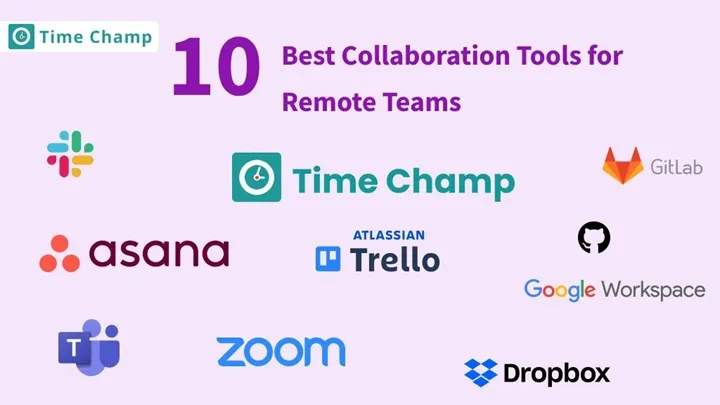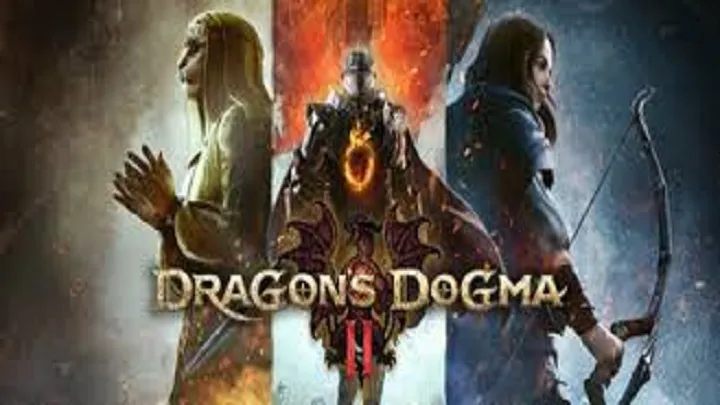Introduction
When Riot Games released Valorant in 2020, the competitive gaming world instantly took notice. Blending the precision shooting mechanics of Counter-Strike with unique hero-style abilities reminiscent of Overwatch, Valorant has carved its own space in the esports landscape. The game has not only captivated millions of players but has also become a cornerstone of the professional esports scene.
In this article, we’ll provide a comprehensive overview of Valorant—its gameplay, unique features, esports scene, community growth, and long-term vision. This is not just a surface-level review but a deep dive into why Valorant has become one of the most important FPS games of the decade.
The Origins of Valorant
Valorant was officially released on June 2, 2020, after months of anticipation and closed beta testing. Riot Games, best known for League of Legends, entered the FPS market with a clear vision: to create a competitive tactical shooter with global esports potential.
- Development began under the codename Project A.
- Riot promised low latency, high tick-rate servers, and anti-cheat measures.
- The game was built to merge precise gunplay with unique character abilities.
Valorant quickly gained traction during its beta phase, with streaming platforms flooded by players eager to test the game. By the time of its full release, the stage was set for Valorant to challenge long-standing FPS giants.
Core Gameplay Mechanics
Valorant is a 5v5 tactical shooter where teams compete to either plant/defuse a spike (bomb) or eliminate the opposing side. Unlike traditional shooters, Valorant introduces Agents—characters with special abilities that add layers of strategy to standard FPS gameplay.
Gunplay and Weapons
At its heart, Valorant rewards precision shooting. Every weapon has a distinct spray pattern, recoil management, and situational use. The Vandal and Phantom rifles are the go-to choices for competitive players, similar to the AK-47 and M4 in Counter-Strike.
Agent Abilities
Each Agent has:
- Basic Abilities (utility tools such as smokes, flashes, or walls)
- Signature Ability (regenerates each round)
- Ultimate Ability (charged through kills or objectives)
Abilities are designed to enhance gunfights rather than replace them, ensuring that mechanical skill remains central to success.
The Agents: Personalities and Playstyles
Valorant’s roster of Agents is diverse, with characters from across the globe. Each Agent belongs to a class:
- Duelists (offensive fraggers like Jett and Reyna)
- Controllers (map control specialists like Omen and Viper)
- Initiators (entry setup agents like Sova and Breach)
- Sentinels (defensive anchors like Killjoy and Sage)
This design encourages team synergy. A team lacking a Controller may struggle with smokes, while one without a Sentinel could find defense difficult. Riot continues to expand the roster, with new Agents introduced regularly, keeping the meta fresh.
Maps and Tactical Depth
Valorant launched with four maps: Bind, Haven, Split, and Ascent, and has since expanded to include more like Icebox, Breeze, Lotus, and Sunset. Each map introduces unique mechanics:
- Haven features three bomb sites instead of two.
- Bind has teleporters enabling quick rotations.
- Lotus includes rotating doors and multiple plant sites.
These innovations push teams to adapt their strategies beyond traditional shooter norms. Learning each map’s choke points, lineups, and plant spots is crucial for success.
The Competitive Ecosystem
Valorant was built for esports from day one. Riot Games launched the Valorant Champions Tour (VCT) in 2021, creating a structured competitive circuit with regional leagues, international Masters events, and the Valorant Champions world championship.
Key Features of Valorant Esports
- Franchise System: Introduced in 2023, featuring top-tier partnered organizations.
- Global Tournaments: Teams from North America, EMEA, Asia-Pacific, and beyond compete internationally.
- Player Growth: Valorant esports has elevated players like TenZ, Derke, and aspas to superstar status.
The competitive structure ensures that Valorant is not just a casual game but also a career path for professional players.
Valorant and the Community
Community engagement has been one of Valorant’s biggest strengths. Riot Games actively listens to player feedback, balancing Agents, fixing bugs, and optimizing gameplay.
Key Community Aspects
- Custom Game Modes (such as Deathmatch and Swiftplay for practice)
- Content Creators who shape the meta and educate players through guides
- Cosmetics and Skins fueling creativity and personalization
Valorant’s player base is diverse and global, ranging from casual players to hardcore esports enthusiasts.
Monetization and Skins
Valorant follows a free-to-play model with cosmetic monetization. Players can purchase skins, battle passes, and bundles. Riot has pushed the boundaries of cosmetic design, releasing skin collections like:
- Elderflame (dragon-themed transforming weapons)
- Prime (futuristic high-tech design)
- Glitchpop (cyberpunk aesthetic)
While some players debate pricing, the skins have become a significant part of Valorant’s identity and community culture.
Technical Innovations
Riot Games emphasized technical excellence when developing Valorant:
- 128-tick servers for smoother gameplay.
- Low latency netcode to ensure fair competition.
- Vanguard anti-cheat system, controversial but effective in reducing cheating.
These technical features have made Valorant one of the most reliable online shooters in competitive gaming.
Challenges and Criticism
Despite its success, Valorant faces challenges:
- Balancing Agents: Some abilities are seen as overpowered or underwhelming.
- Map Pool Rotation: Players often complain about certain maps being removed or overplayed.
- Smurfing and Cheating: While Vanguard helps, no system is perfect.
Riot addresses these issues with frequent patches and open communication with the community.
Valorant’s Future
The future looks bright for Valorant. Riot has plans to:
- Expand its Agent roster further.
- Introduce more maps and game modes.
- Grow the VCT system into a premier global esports league.
- Potentially expand into console versions to reach wider audiences.
With consistent updates and a thriving esports ecosystem, Valorant is positioned to remain a pillar of the FPS genre for years to come.
Conclusion
Valorant is more than just another shooter—it’s a carefully crafted blend of gunplay, strategy, and character-driven gameplay that has redefined competitive FPS. Its meteoric rise in both casual and esports spheres is proof of Riot Games’ commitment to building not just a game, but a global competitive experience.
Whether you’re a casual player seeking thrilling matches, a competitive gamer chasing the top ranks, or an esports fan watching international tournaments, Valorant offers a unique and engaging experience that continues to evolve.

















